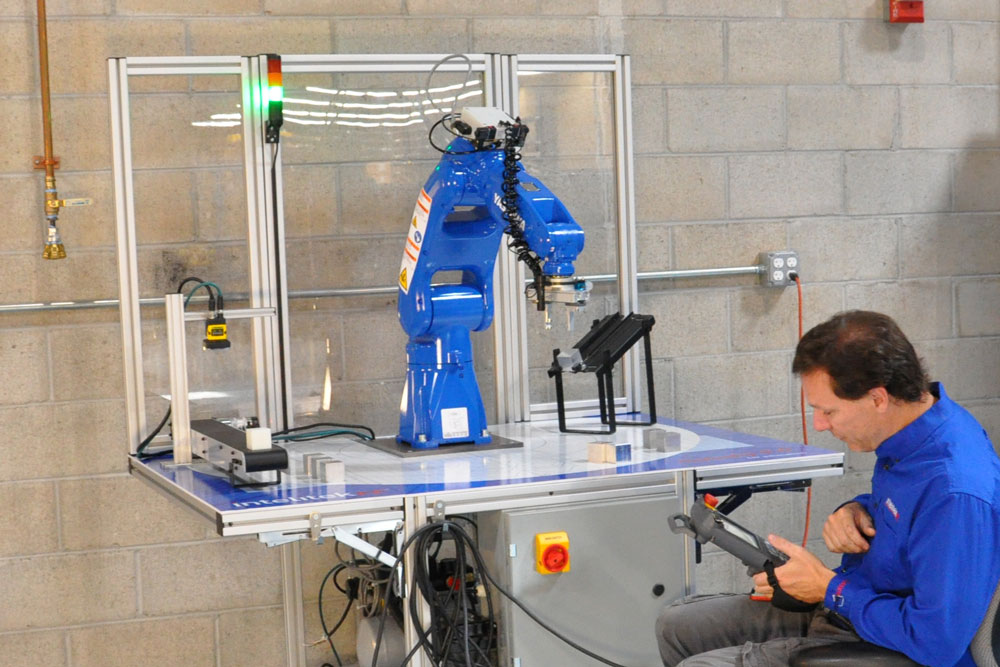Industry 4.0 is embracing robotics, but manufacturers are struggling to find enough trained robotics technicians to work in their plants. Too few students are completing robotics training programs, leading to a shortage of available skilled graduates to fill critical Industry 4.0 positions.
This shortage is so significant that it prompted federal funding for Career Technical Education (CTE) as part of the three COVID-relief stimulus bills. Additionally, the Biden Administration’s proposed infrastructure bill designates $1.8 billion for training and reskilling.
With this in mind, it is the ideal time for school leaders to develop and implement programs that provide robotics training. Upskilling and reskilling workers with comprehensive robotics training can help local communities fill growing manufacturing job shortages, while also enabling workers to access greater career opportunities.
Here are three reasons colleges should provide robotics training in 2022 and beyond:
- Provides fundamental robotics training that opens a gateway to high-growth jobs.
According to the World Economic Forum, one in three working Americans, including 33 million low-income workers, has the potential to access higher-income occupations with some training and new technical skills. Entry-level robotics training programs teach a fundamental set of skills––including interpersonal skills for collaborative work environments––that students can apply across multiple industries and positions where robots are used. Jobs in robotics are high-growth positions which not only offer competitive starting salaries, but also significant future opportunities for career and salary growth.
- Helps fill major job shortages in manufacturing and other industries.
Due to the pandemic, there has been a decrease in the number of skilled graduates available to fill entry-level manufacturing and robotics jobs. A 2021 study by Deloitte Insights showed that manufacturers found it 36% more difficult to find skilled workers in 2021 than in 2018, a challenge that only continues to grow. By implementing robotics training programs, colleges can be a part of the solution to this problem by equipping students with the skills and certifications needed to enter the manufacturing workforce.
- Prepares students for a variety of robotics training certifications, including industry-specific and future certifications.
Robotics training programs equip students with skills that will serve them no matter what industry and career path they choose. Although students typically graduate robotics training programs with nationally-known certifications that cater to a wide range of industries, students are prepared to complete industry-specific certifications. Industry 4.0 deals with a new world of integration and collaboration, and while the training courses can be tough for some students, completing these programs can set them up with skills for success if they need to obtain other certifications as they progress through their career.
When educators and industry folks talk about Industry 4.0, they are really discussing a variety of skills. By developing robotics training programs, schools can enable students to learn these skills and obtain certifications to enter Industry 4.0 jobs in manufacturing and more. Greater training and CTE programs are the key to minimizing the Industry 4.0 labor shortage, creating greater opportunities for growth and innovation.
To learn more about robotics training, read How to Use Robotics Training to Build Manufacturing Skills on Tech & Learning.

























